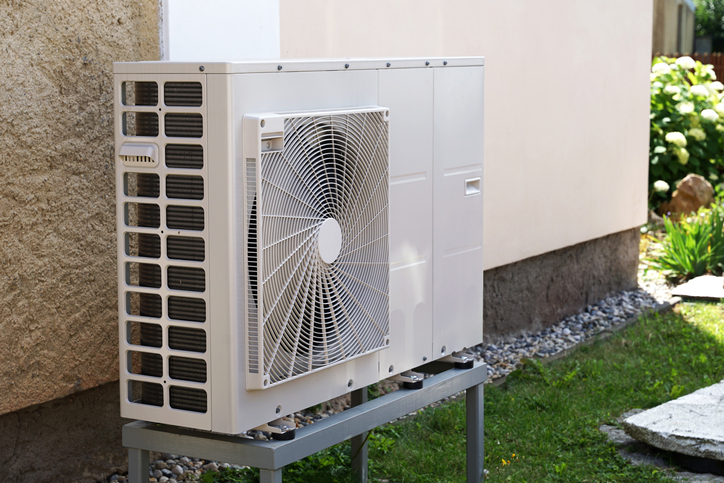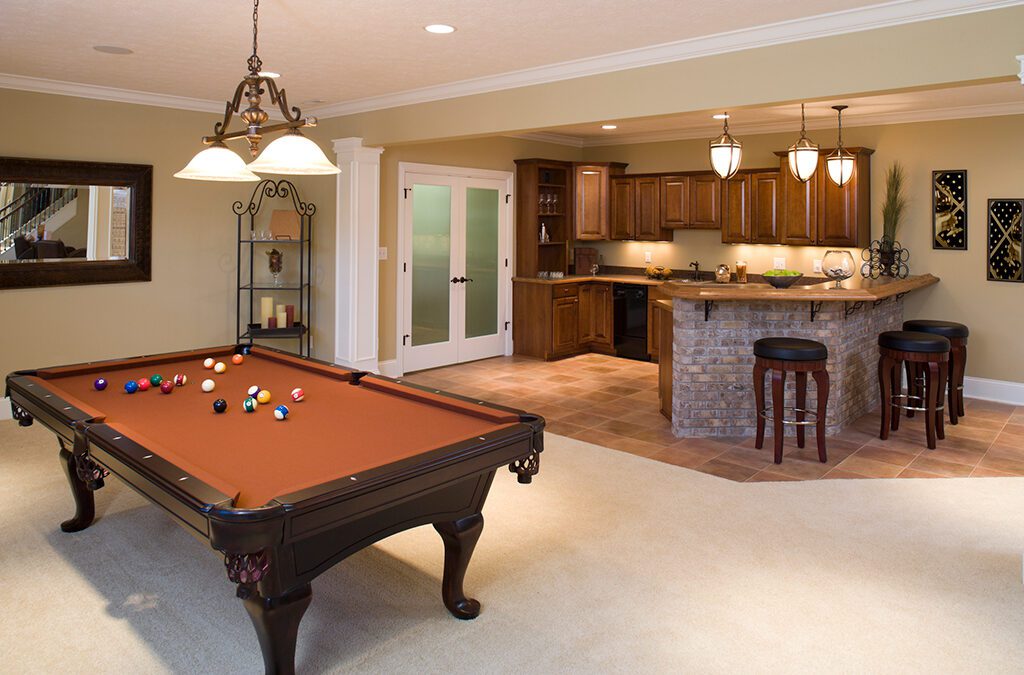Here at Metro, we know everything there is to know about pumps, fluids, and piping. We’re even adept at regulating the internal temperature of your home with refrigeration systems. So we feel it’s prudent of us to explain a bit about how a heat pump works. Despite the name, heat pumps aren’t like any other water pump in your home, since heat is a form of energy rather than a fluid. A heat pump, at its core, simply moves heat energy from one place to another.
Forced Air Systems
Most homes have some kind of forced air system for temperature regulation. When we say forced air, we’re talking about using a fan to move air through ventilation ducts. The air being moved is either warmer or cooler than the home’s internal air, causing an increase or decrease in temperature (respectively).
In most of heating systems, air is heated using a fuel-fired furnace or an electric heating element. Air is then warmed up to a preset temperature and forced into the home, raising the temperature. A separate system is used to cool the home, skipping the furnace and instead relying on compression-refrigeration (like the kind used in your refrigerator) to cool air as it passes over a set of evaporative coils. Instead of generating “cold,” refrigeration removes heat from the air and pushes it outside of your home.
A reversible heat pump uses the same refrigeration technology as a method of heat exchange. Rather than generating heat the way a furnace does, it simply moves heat from place to place. This gives it the benefit of being a single system that’s capable of maintain your home’s climate regardless of the season.
How it Works
As mentioned, refrigeration works on the principle of heat exchange. By cooling a fluid (refrigerant) and passing that fluid through an exposed pipeline, the refrigerant picks up heat from the surrounding atmosphere. In the winter, the refrigerant is cooled to a point where it is actually colder than the outside air. As it passes through the outdoor evaporator unit, it pulls in heat from the surrounding atmosphere. The refrigerant is compressed as it enters the home, raising the temperature even further.
Air is forced over the condenser coils inside the home, allowing it to exchange heat between the air and the coils. As heat is exchanged, it warms up the air being forced into the home and cools the refrigerant back down for another pass to the outdoors. When you need your home to be cooled, this process is simply reversed.
By controlling where heat is being pulled from and released to, your heat pump effectively heats or cools your home. Year-round, a single system with a closed-loop of refrigerant provides heating control for your entire home.
And if you’re worried about how effective it is during colder winters, don’t worry. Many heat pumps come with an emergency heat electrical coil that boost their heating ability for sudden extreme temperature drops. Heat pumps are energy-efficient and, when supplemented with renewable energy generation at your home, provide a far cheaper alternative to heating and cooling your home year-round.
Metro Plumbing, Heating, and Air Conditioning is the service company you want! Call us today at (423) 616-1025!




